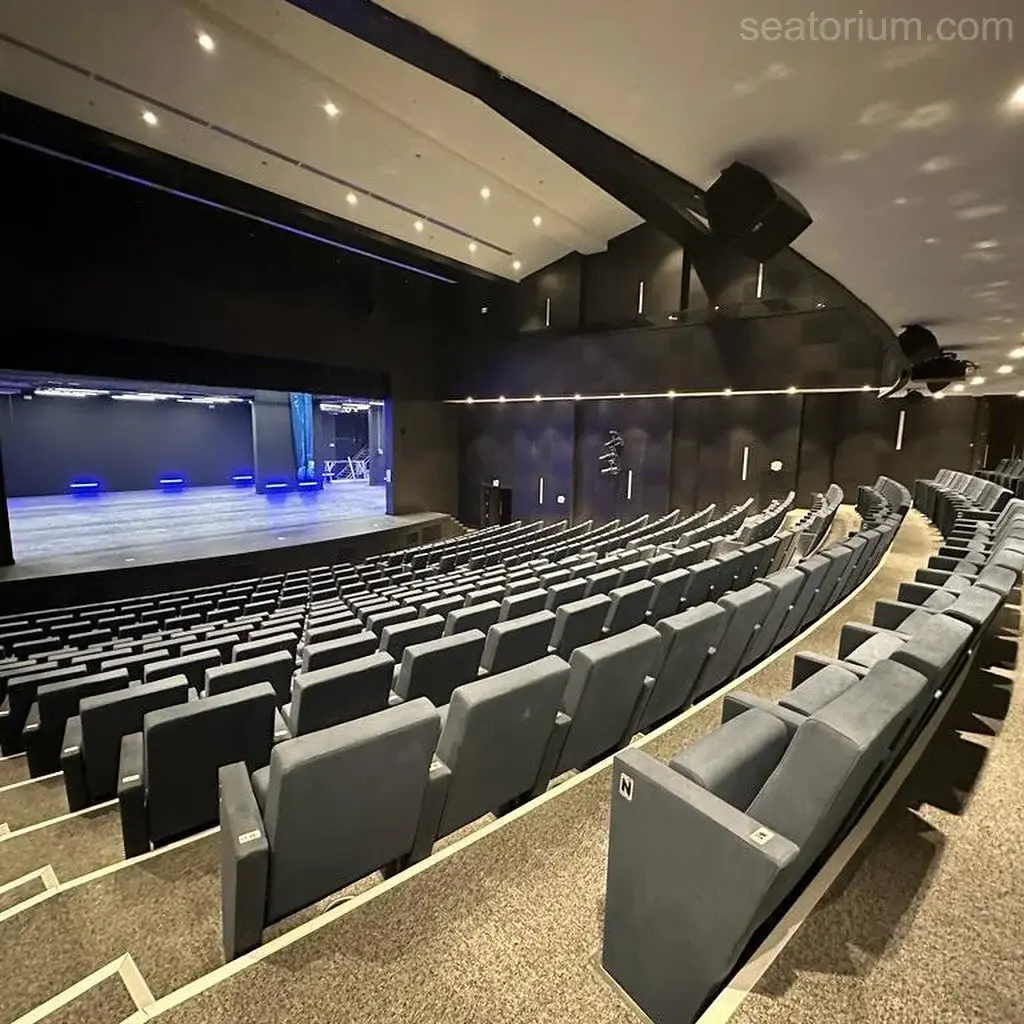When you walk into a theater or an auditorium, the theater seating arrangement instantly sets the tone of the entire experience. For professionals in architecture, construction, or venue management, seating isn’t just about placing chairs in rows—it’s about audience engagement, safety, visibility, acoustics, and long-term operational value. While many casual visitors only notice the comfort of the chair, decision-makers like you know that a well-planned seating arrangement can elevate an entire venue’s performance. So, what exactly defines an effective seating arrangement, and why are global professionals paying more attention to its technical details today? Let’s dive in.
Table of Contents
Theater Seating Arrangement: The Core of Audience Experience
A theater seating arrangement goes far beyond neat lines of chairs facing a stage. It involves balancing audience sightlines, optimizing stage visibility, ensuring acoustic quality, and creating smooth circulation paths. Imagine an auditorium with 800 seats where half of the audience struggles to see the stage clearly—such a design weakens both the artistic impact and the financial return of the project.
But here’s a question worth asking: Can a single seating plan work equally well for a concert hall, a corporate conference center, and a drama theater? The answer is no. Each project requires custom calculations, integrating both functional needs and audience psychology.
Theater Seating Configuration: Finding the Right Geometry
The theater seating configuration determines whether audiences feel connected to the performance. Classic options include straight-line seating, curved layouts, and fan-shaped designs.
Curved Layouts for Stage Visibility
Curved seating allows every row to “embrace” the stage, improving stage visibility seating and minimizing neck-turning for side viewers. This design is particularly effective in performance halls hosting dramatic productions or ballet.

Fan-Shaped Configuration for Acoustics
Fan-shaped layouts often enhance acoustic considerations theater because sound waves distribute more evenly. However, they require careful calculation of distances; a viewer sitting 30 meters (approx. 98 feet) away should still hear as clearly as someone at 15 meters (approx. 49 feet).
Auditorium Seat Arrangement: Balancing Density and Comfort
In projects where large capacity is key, the auditorium seat arrangement becomes a strategic decision. A corporate convention center might prioritize maximum occupancy, while a luxury performance hall might prioritize audience comfort seating over density.
Have you ever wondered why some auditoriums feel claustrophobic while others, with the same number of seats, feel more spacious? It often comes down to theater seat placement—the precise calculation of row spacing (pitch) and legroom. A standard pitch of 90 cm (about 35 inches) may work for budget halls, but premium venues frequently extend this to 105 cm (about 41 inches), significantly improving the audience experience without drastically reducing capacity.
Theater Seating Setup: Technical Layers Behind the Scene
The theater seating setup doesn’t just mean installing rows of chairs; it involves integrating mechanical, acoustic, and safety systems into the design.
Fire Safety and Circulation
Exits, aisles, and row numbering play a role in emergency evacuation. International standards often require an aisle every 14 to 16 seats, with clear signage. These details may look minor but directly influence venue compliance and project approval.
Acoustic Harmony
The material of chairs—wooden backs, padded seats, or perforated panels—affects how sound waves travel. Did you know that even unoccupied seats can impact hall acoustics? This is why many venues invest in chairs with sound-absorbing upholstery, ensuring consistency during rehearsals and performances.
Performance Venue Seating: Adapting to Multi-Functionality
Modern venues aren’t designed for one purpose alone. A performance hall may host a symphony one evening and a corporate product launch the next. Performance venue seating therefore requires adaptability.
Retractable seating systems, modular row adjustments, and removable seats are increasingly in demand. But here’s a question to consider: Is flexibility always worth the investment? The answer depends on the business model. For venues with diverse programming, such systems pay for themselves quickly. For single-purpose theaters, however, fixed seating often remains the smarter long-term choice.
Theater Chair Arrangement: Micro Decisions with Macro Effects
While we’ve spoken about layouts and systems, the theater chair arrangement—how individual chairs align row by row—can make or break audience satisfaction.

Staggered Rows
Staggering ensures each audience member has a clear line of sight, reducing obstruction from the person in front. This is particularly crucial in venues with flat floors rather than raked seating.
Premium vs. Standard Zones
Some theaters integrate tiered pricing by creating “premium zones.” Wider chairs, extra legroom, or central placement enhance value perception. This subtle but strategic use of theater seating plan influences both revenue and reputation.
Connecting the Dots: Layout, Visibility, and Acoustics
At this point, you may ask: How do professionals decide between prioritizing acoustics, visibility, or capacity? The truth is, it’s never a single answer. A successful auditorium seating design combines theater seating layout with detailed studies on acoustics, audience psychology, and long-term maintenance.

This is where collaboration between architects, acoustic engineers, and project managers becomes indispensable. Ignoring one element can compromise the entire project. For example, focusing solely on maximizing capacity without considering acoustics can leave a hall unusable for live performances.
Looking Ahead: The Future of Theater Seating Arrangements
Technology continues to reshape how we think about optimal theater seating. Computer simulations now model sightlines, sound reflection, and audience flow before construction even begins. Sustainability also plays a growing role, with recyclable materials and eco-certified fabrics entering the market.
So here’s one last question: Will the future theater audience expect more than just a seat facing a stage? The answer is already clear. Today’s professionals are not just delivering rows of chairs; they’re crafting experiences, merging design, technology, and human psychology into a seamless whole.